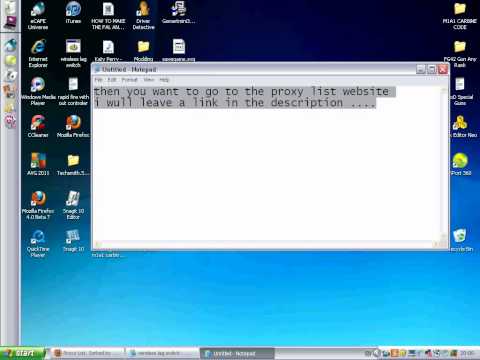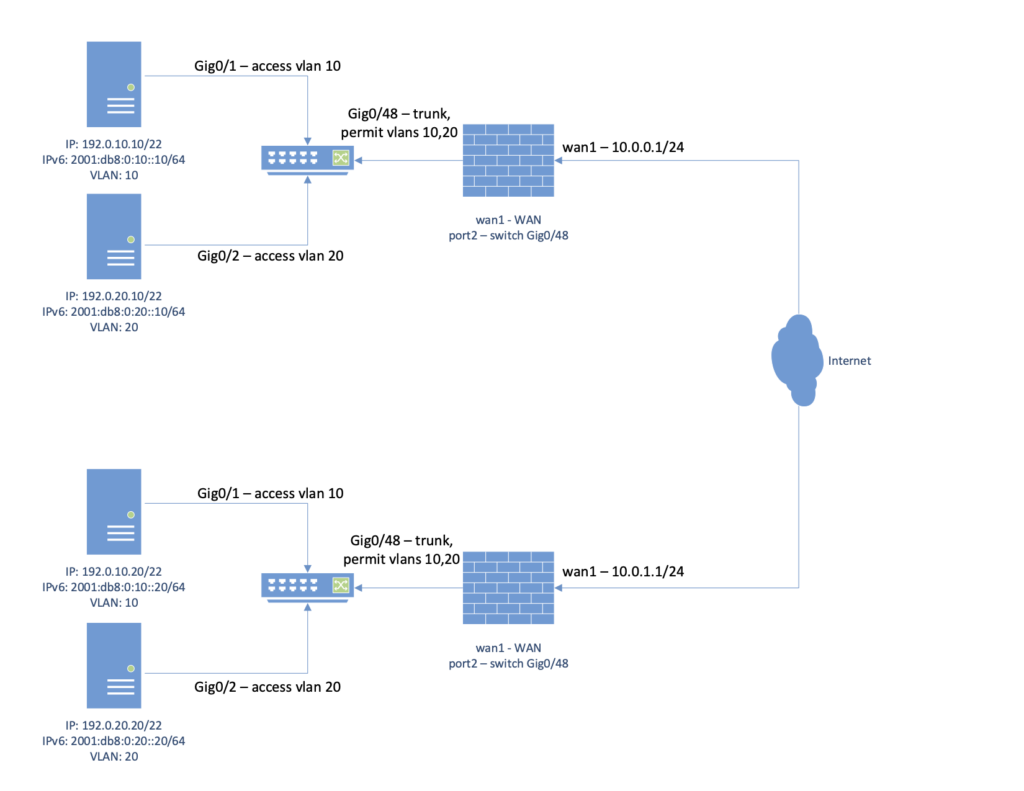
- Software lag switch free code how to#
- Software lag switch free code software#
- Software lag switch free code code#
This can be just a commit in a Git repository, or a curated official tagged release. This will be a new upstream release of the FOSS component. The upstream project produces an upstream package. We propose the following model for the process from the production of a FOSS component to its deployment in production:
Software lag switch free code how to#
For example, Debian packages include certain files with information on how to build (produce a binary version from the source code) and install the package, and may include changes to improve or adapt it to the distribution . This adaption usually includes changes to the code, with respect to upstream. That usually makes the deployment of components easier, more coordinated with other components, and in general more uniform.

Software lag switch free code software#
Distribution packages are produced by adapting upstream packages to the policies and mechanisms defined by the software compilation. We will refer to the packages released as a part of a software compilation as “distribution packages” (to avoid using “compilation packages”, which could be easily mistaken for “package produced as the result of compiling some software”). Instead of that, packages coming from software compilations, usually referred to as “distributions”, are used for deployment. In any case, we will consider the released component as the “upstream released package”.īut it is unusual that upstream packages are directly deployed in production systems.
Software lag switch free code code#
In fact, many projects release in both ways: they release continuously in their source code management system (one release per commit), but they also offer “official” tagged discrete releases. This release may be continuous, each time a change is done to the code, or discrete, at specific points in time, when the project considers it convenient .

Upstream projects release, from time to time, versions of the FOSS components they produce and maintain. We will use the term “upstream project” for referring to the project originally producing a FOSS component. And usually, as time passes, those projects deliver new releases with more functionality, more fixed bugs, and in many cases, more overall stability and performance . All of them are based on the software produced by the corresponding FOSS projects. Many production systems are deployed as collections of FOSS (free, open source software) components. This process is experimental and the keywords may be updated as the learning algorithm improves. These keywords were added by machine and not by the authors. As an illustration, it presents as well some specific cases in which the evolution of technical lag is computed. The paper explores several ways in which technical lag can be implemented, depending on requirements. This paper proposes a theoretical model (the “technical lag”) for measuring how outdated a system is, with the aim of assisting in the decisions about upgrading in production. Therefore, a balance has to be maintained between “being up-to-date” and “keeping the good old working versions”. This includes bug fixes and new features that could, at least potentially, be interesting for the deployed system. The fact that deployed components are outdated is not a problem in itself, but there is a price to pay for not being “as much updated as reasonable”.

Over time, those versions become outdated with respect to the upstream software from which they are produced, and from the components available in the compilations as well.

When they are deployed in production, specific versions of the packages in the compilation are selected for installation. Large software compilations based on free, open source software (FOSS) packages are the basis for many software systems.


 0 kommentar(er)
0 kommentar(er)
